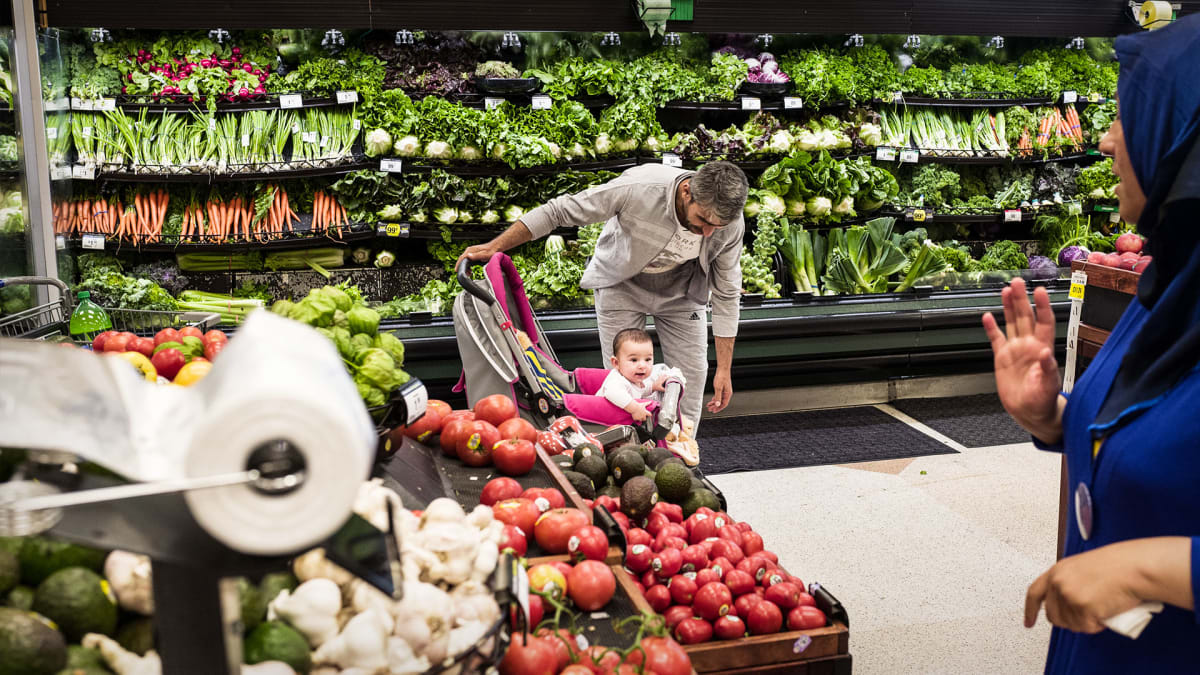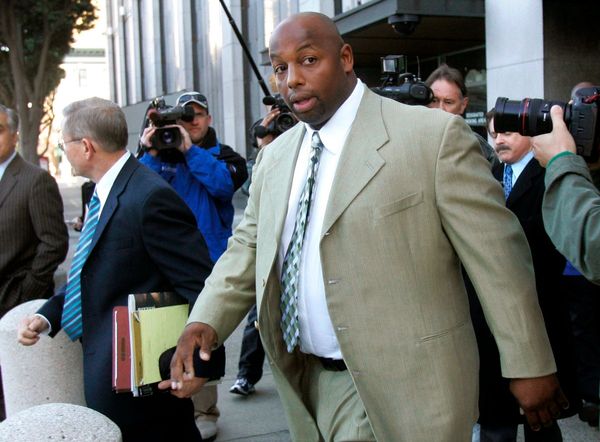
You hear it everywhere you go: People are complaining about grocery prices and "how expensive" everything has gotten.
There is, of course, truth to the idea that prices have increased. The covid pandemic disrupted supply chains and changed people's consumption patterns in ways that pushed prices higher.
DON'T MISS: Walmart, Kroger, Amazon, and Grocery Stores Have a Problem Bigger Than Inflation
Retailers, especially grocery leaders like Walmart (WMT), Target and Kroger as well as regional chains, face a problem that's bigger than inflation. They have a consumer-perception problem: Surveys repeatedly show that consumers think that prices are higher than they actually are and that brands are taking advantage of the situation.
That's especially troubling for these retailers as Walmart, Target (TGT) and Kroger (KR) have actually sacrificed profit margins to keep prices down.
Costco (COST), which seems to get a pass on public perception based on its structure as a membership-based warehouse club, has also been very vocal about not fully passing on price increases to consumers.
The problem for these retailers -- and perhaps a bonus to discount retailers like Dollar General (DG) -- is that the public does not seem to believe them.

Image source: Jeremy Hogan/SOPA Images/LightRocket via Getty Images
Consumers Think Inflation Is Higher Than It Is
When people shop, few of them track prices. Some might know the regular prices of a few items, but most people base their perceptions on the final prices at checkout. It's an inexact science, and it's led to large consumer misconceptions.
"Americans believe that grocery retailers are earning a 35.2% net profit margin, 14 times higher than grocers’ actual net profit margin average of 2.5%, and that food-at-home inflation is 24.3%, double the annual rate reported by the U.S. Bureau of Labor Statistics," according to February's dunnhumby Consumer Trends Tracker.
In addition, "four out of five consumers believe brands are involved in 'greedflation,'" using inflation as an excuse to hike their prices, according to a survey of 2,000 consumers done by Attest in February, Food Dive reported.
People's perceptions might seem accurate -- but a look at the earnings reports for companies like Kraft Heinz (KHC), Unilever (UN) (UL), Nestle (NSRGY), and others shows that they generally have kept their increases around, and in most cases under, the inflation rate.
This creates a nightmare scenario for retailers. Walmart, Kroger, Target, Costco and many other grocery chains are not passing on all their increased costs to consumers, but consumers think they're using inflation as a cover to make more money.
What's the Reality of Food Inflation?
Inflation is real but it's been slowing.
The average price of food in the U.S. increased 8.5% in the 12 months ended March after posting an annual increase of 9.5% in February, according to the latest inflation data published April 12, 2023, by the U.S. Labor Department’s Bureau of Labor Statistics.
As recently as August, the inflation rate for food, 11.4%, was the highest since May 1979, the U.S. Inflation Calculator website shared.
One of the big challenges, however, is that higher prices have varied greatly across different food categories:
- Overall food at home (grocery): 8.4%
- Cereal and bakery products: 13.6%
- Meats, poultry, fish, and eggs: 4.3%
- Dairy and related products: 10.7%
- Fruits and vegetables: 2.5%
- Non-alcoholic beverages: 11.1%
Those big variances can confuse consumers, and retailers can't do much to battle how people feel.
What they can do is continue to try to show value to consumers and make bold moves like the one Walmart did over Thanksgiving. The chain publicly declared that the components of the traditional holiday dinner would be held at the previous year's prices.
It's very hard to change perception, which probably gives Walmart and Costco an edge over Target and Kroger, given that the first two have built their brands around low pricing.
Still, with more than 17.000 Dollar General outlets nationwide, the four giant retailers as well as the regional grocery chains need to work to change the narrative with consumers or risk losing customers.
Get investment guidance from trusted portfolio managers without the management fees. Sign up for Action Alerts PLUS now.







